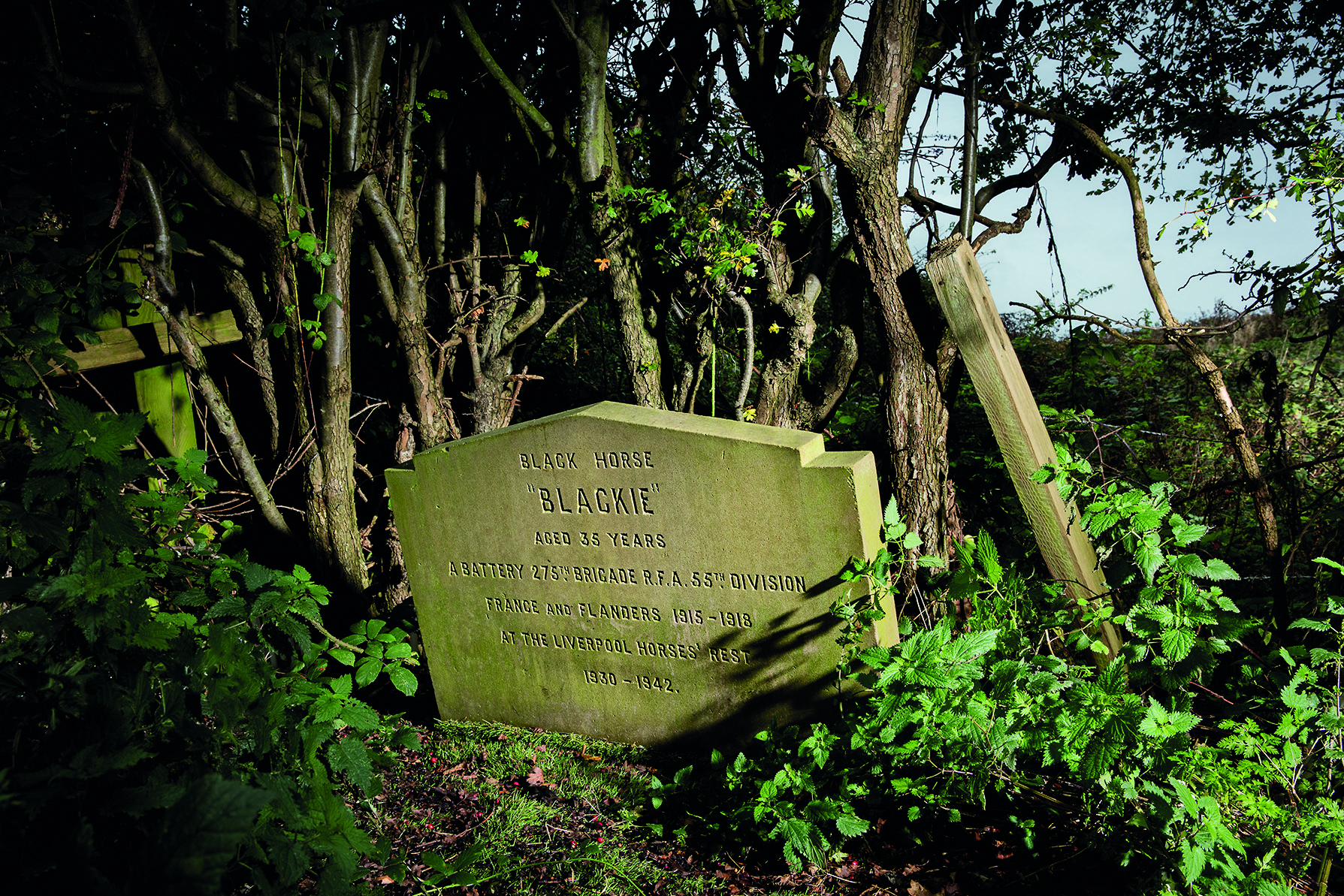
Charlotte Dujardin’s fiancé Dean Wyatt Golding is preparing to take on an open water swim in aid of an equine welfare charity.
Dean will be dipping into the chilly waters of Lake Windermere in the Lake District for a two-mile swim on 8 June to raise money for Brooke, Action for Working Horses and Donkeys.
Charlotte is a patron of the charity and travelled to India in October 2015 to learn about the work it is doing to improve the lives of horses, donkeys and mules as well as the millions of people who rely on the working equines.
Dean asked for people to donate to the cause instead of buying him birthday presents and reached his target of £2,000 within 48 hours of starting the online fundraising page.
“I’ve chosen this charity because their mission means a lot to me, and I hope that you’ll consider contributing as a way of celebrating with me,” he said. “Every little bit will help me reach my goal.”
He has so far raised more than £2,500.
Article continues below…
You might also be interested in:
Charlotte Dujardin becomes The Brooke’s global ambassador
Britain’s double Olympic gold medallist dressage star is the new global ambassador for the equine welfare charity
Dressage stars to travel across the world to help horses in need
Charlotte Dujardin and Alice Oppenheimer will be visiting Ethiopia to see the work of Brooke first-hand
Join top eventers in 100-mile hacking challenge
The challenge is open to all riders and involves hacking 100 miles in 100 days to raise £100 for the
Charlotte encouraged people to support her fiancé with a post on her own Facebook page.
“[I’m] really proud of him and wanted to share his fundraising efforts if any of you would like to donate,” she said.
“All proceeds will go to the charity that I am very proud to be an ambassador for and will continue to help in their efforts to assist so many horses, donkeys and communities around the world who need our help.”
For all the latest news analysis, competition reports, interviews, features and much more, don’t miss Horse & Hound magazine, on sale every Thursday.
This week’s edition (31 May) is a training special, including a look at the world’s top trainers and whether you should have multiple coaches. Also check out our summer clothing guide, interview with showjumper and recent winner of the Hamburg Derby, Matt Sampson and feature on health problems in miniature horses




































